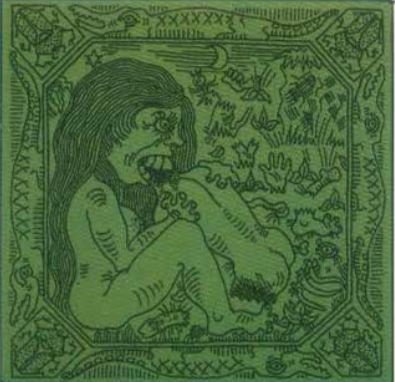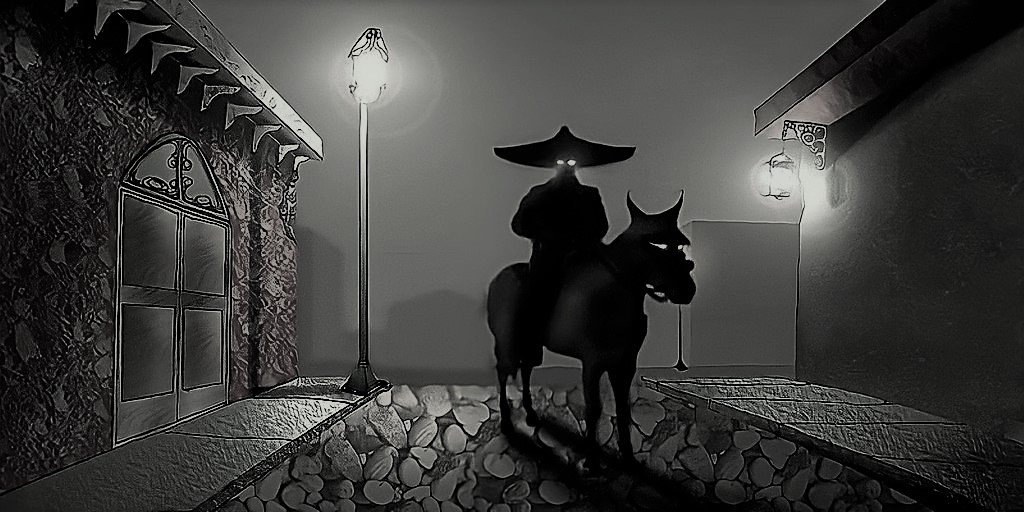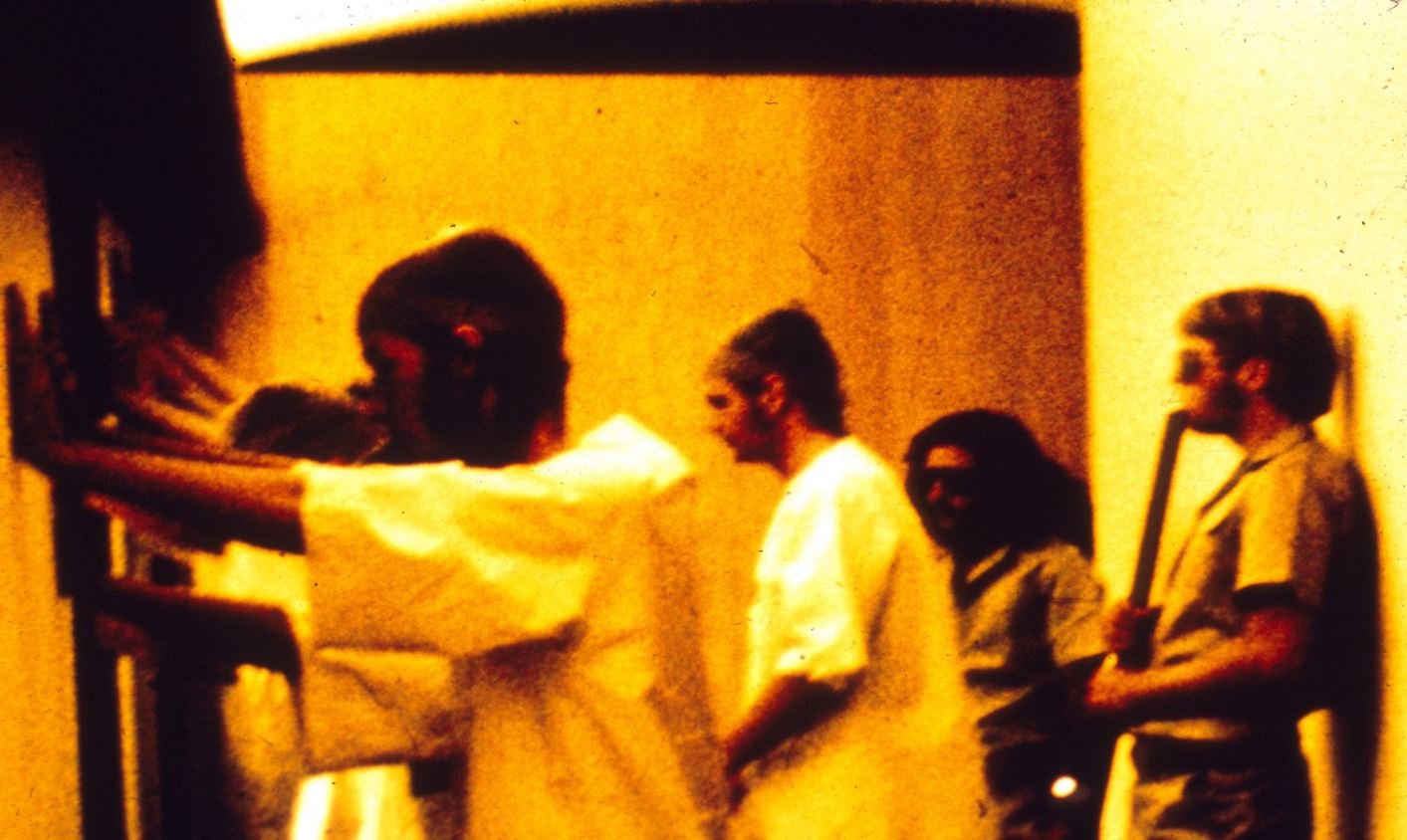How a Fake Epidemic Saved Thousands
The accordion helps them hide in plain sight as not badasses
What makes a hero? Is it the journey they go on to save lives? The inventions they make? The lives they change? What about those that never have their story told or don’t care about being heroes?
World War II had plenty of stories of people doing horrible things. Everywhere you turn you hear about the evils that perpetrated the time. But through all of that, if you look hard enough you could find the stories of a few who risked everything to save many. This is one such story.
Eugene Lazowski, Poland 1941
Our story starts on a night in the backyard of Doctor Eugene Lazowski and his wife Murka in German occupied Rozwadow, Poland in 1941. With the war raging and the atrocities being committed it was also a dangerous time to be a doctor. If Lazowski was even accused of treating Jewish patients he would be arrested and sent to a labor camp. And if was discovered he was treating Jewish patients it would be immediate execution.
Which may have been an issue for the doctor if he wasn’t such a badass. See the fence in his backyard led directly to a Jewish camp and there was a pretty sizable hole in it. One night he heard the voice of a woman asking for help, a call to adventure I suppose.
Maybe there was a moment of contemplation, a slight refusal. I don’t know but reading his story it seems like he was more the type to jump at the opportunity to help others. It may have something to do with his prior time as a doctor in the Red Cross, Polish Army, Polish Underground Army, being captured by the Germans, placed in a POW camp, and then escaping by climbing over the wall and stealing a horse and cart.
Typhus Outbreak
So I’m thinking Lazowski cared more about helping than the dangers. He crossed through the hole into the Jewish camp and provided medical assistance to those on the other side. Word spread through the neighborhood of a doctor willing to help and together they devised a plan. Whenever a white rag was hung up to dry near the hole, Lazowski knew he was needed and would sneak over with supplies from the Red Cross to treat the sick.
But soon Lazowski would treat a patient with a more deadly disease, typhus. The flea carried disease in Poland was well known for its effect during and after World War I and became its own epidemic at one point killing many. With the camps created by the Germans in Poland, the Germans feared a new wave of typhus and had a rule of killing any Jewish prisoner who tested positive with typhus.
Stanislaw Matulewicz
With the disease presenting itself in Rozwadow, Lazowski visited an old friend and medical Doctor Stanislaw Matulewicz. Matulewicz had also had a patient with typhus but while treating this patient he realized the test to determine if a patient had typhus, called the Weil-Felix test, could be fooled into false-positives.
Simply put, all they had to do was inject a patient with the dead typhus bacteria and the patient wouldn’t get sick but the test would show them as being sick. Together the two formulated a plan and as Lazowski would later put it, “I finally know what my role in this war was to be.”
The two men knew if anyone one Jewish prisoner tested positive for typhus, they would be shot and killed but if they could fake an epidemic the entire neighborhood would be quarantined. The doctors had to be smart about it though, there were multiple questions if an epidemic of typhus popped up in a short amount of time.
The Epidemic
Instead between 1942 and 1943 they systematically infected people with the dead typhus following the outline of how a real epidemic would spread. More positive results in the winter months with a small drop off in the summer months.
They also knew they couldn’t be only doctors showing positive test results, they would infect patients with the disease and then send them to other doctors who weren’t aware of the plan. These doctors would then test for typhus and send over their statistics to the Germans.
But the other doctors weren’t the only ones unaware of what was happening. No one knew. Only Lazowski and Matulewicz were in on the plan. Lazowski even kept the truth from his wife. The patients, other doctors, and especially German officials were unaware of what was going on.
And soon the amount of false-positive results led to a quarantine of the area and surrounding towns. By the end of 1943 Matulewicz had left the area with his family leaving Lazowski as the only doctor keeping up the epidemic. Which led to the final problem Lazowski would face in keeping up the ruse, German officials began to question why the amount of deaths were so low if there truly was an epidemic.
A German Visit
Lazowski was made aware of the questions and suspected he would be captured, questioned, tortured, and killed. From then on he carried a cyanide pill with him just in case it came to that. In 1944 he received word German officials were sending a commission to follow up on their suspicions. But did Lazowski run? Of course not, he devised yet another plan.
He gathered the oldest, skinniest, and sickest looking patients and placed them together in one area. Once the commission arrived he threw them a welcoming party with plenty of food and alcohol, advising them to keep a safe distance from the patients.
The supervisors gorged on the food and alcohol sending the junior officials to check and take blood samples from the patients. They moved quickly due to the fear Lazowski had placed in them and in the end they considered it all accurate.
Escaping
After this event Lazowski knew he had to start showing signs of the epidemic ending but luckily this was also around the time Hitler sent most of the German army west after D-Day. Unfortunately the German army at some point received word of Lazowski helping the “enemy”. A German who Lazowski had previously treated warned him he was on the Gestapo hit list and would have to avoid capture.
Lazowski returned home and with his wife and child they fled through the hole in their yard where our story began.
Lazowski and Matulewicz didn’t begin their plan in time to save most of the Jewish population in Rozwadow but it’s thought the quarantine prevented German officials from taking the Jewish population in the surrounding areas into camps. In the end their fake quarantine is estimated to have saved over 8,000 lives.
In 1958 Lazowski with his family arrived in America where he worked as Professor of Pediatrics at the University of Illinois Medical Center. Matulewicz had moved to Africa becoming the Professor of Radiology at Kinshasa University in Zaire.
Revealing the Heroes
For decades no one knew of the heroics the pair had done. Even after they published their findings on how to fake the Weil-Felix test in the 1970’s. It wasn’t until the 1990’s when Lazowski published his memoir called, “My Private War” in polish that the events became widely known. His daughter translated the memoir to English the same year.
Eugene Lazowski passed away on December 16th, 2006. Both he and Stanislaw Matulewicz didn’t care if they were ever honored for their heroic acts, at won’t point Lazowski said it made him uncomfortable and stated, “I was just trying to do something for my people.”
And I think that is what truly makes these two doctors, true heroes.












